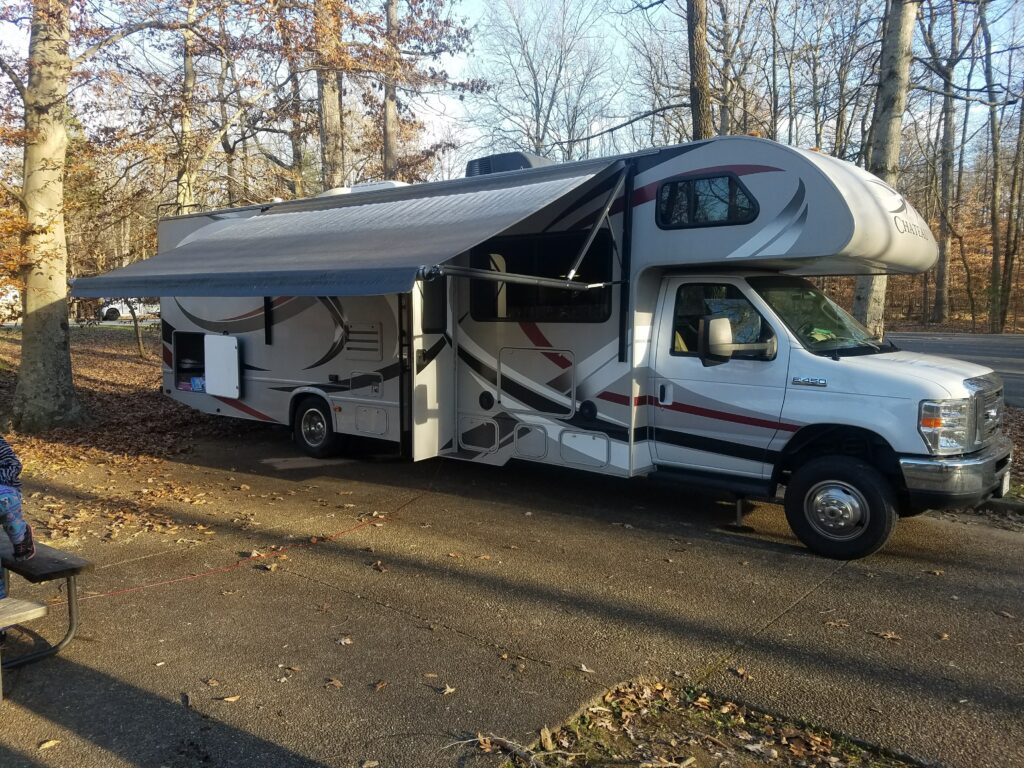
A Class C Motorhome is the most popular type of motorhome. It is typically based on a Ford E-Series chassis. Chevy does have a few models offered, but this is still pretty rare. The chassis will show up to the motorhome builders factory as a stripped frame. The front end will be complete with the rear being an open frame. The camper is built on the back end. If the camper is going to be longer than a 24’ unit, the frame will be cut and extended. Some manufacturers send the chassis out to an after market factory that specializes in performing this task. I will include some photos of the process. It must really be seen to fully appreciate what goes into this process. After cutting the frame, extending it, the exhaust, and all fuel and power lines, they make sure it is a level surface. The tolerances from front to back is ⅛”. That is pretty precise given what they are doing.
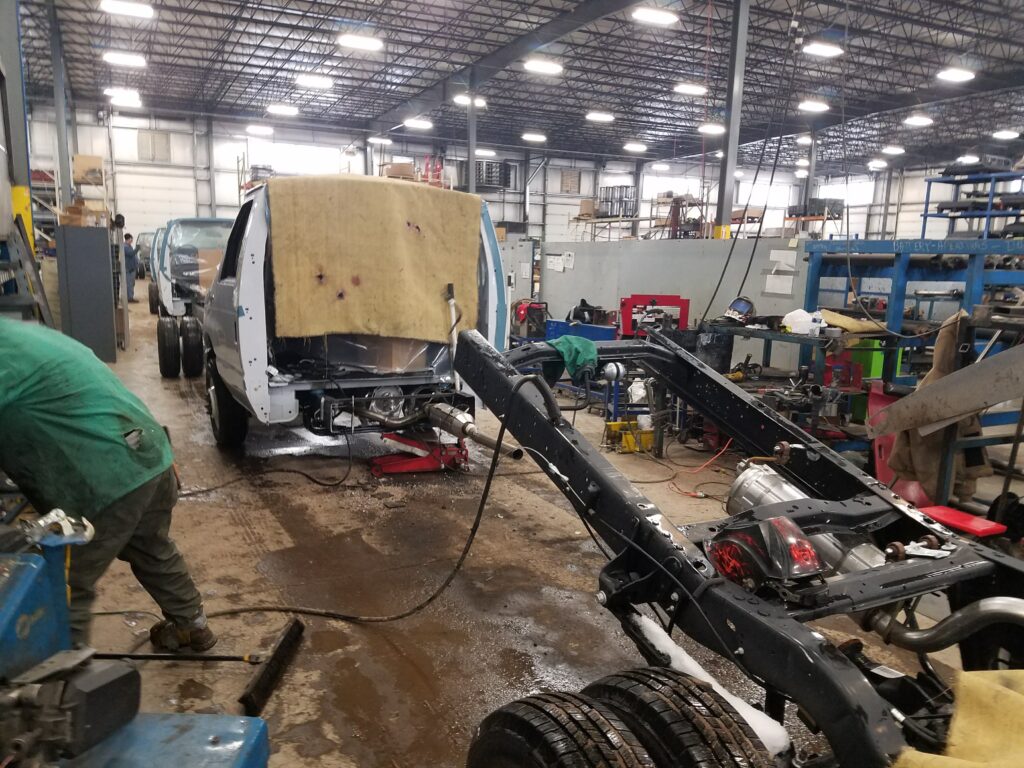
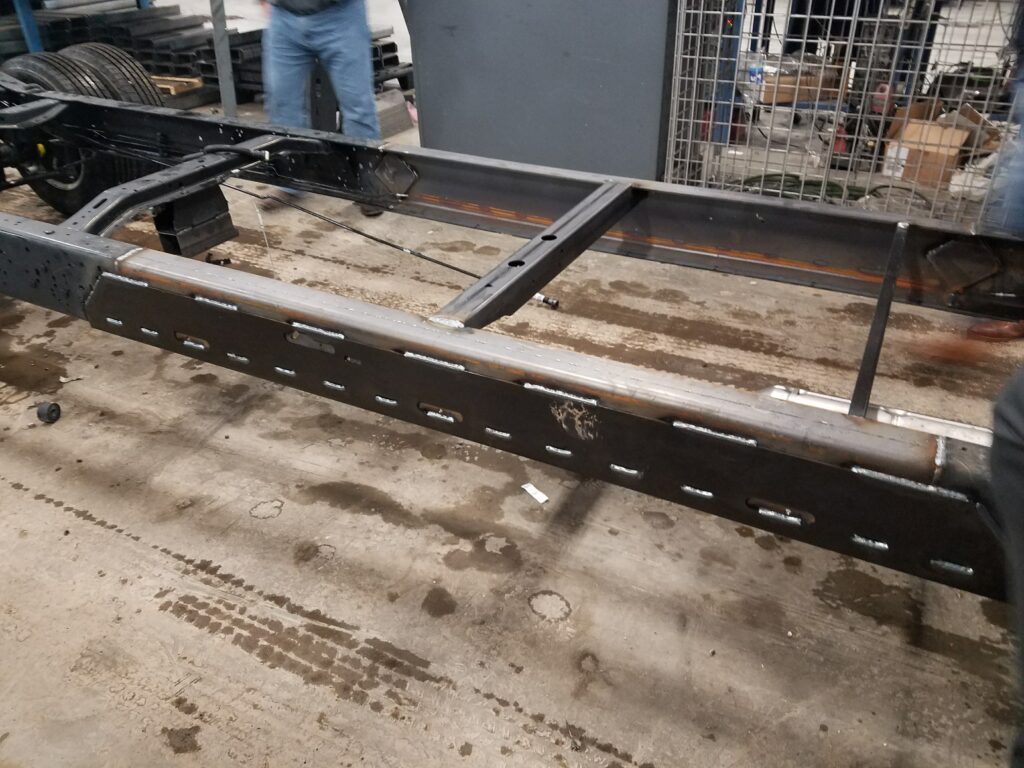
From this point, a bare chassis, the RV construction can begin. Each manufacturer has a slightly different way of doing things. They will build upon the chassis with steel to mount the floor to, assuming it has not been done for them if the chassis went to an up fitter. From there the floor will be laid down. From there interior items will be installed followed by walls and then the roof. Again, each manufacturer will have their own “best” way of building the pieces and putting them together. Some will be older factories that have a way of doing things, and they do things this way because the factory has been set up to do it this way since day 1. It is very expensive to make changes to a factory line and to train employees on the new machines. This is why most factories are set up and do not make many changes to the core building of a coach. Typically newer factories will have updated machinery and updated ways of constructing a coach. Typically it is more streamlined, with a more modern construction process. Since it is new from the ground up, everyone must be introduced to the way of constructing the coach. That said, changes can be made to each individual component of the camper at any time. Whether hand jigs are used or CNC machines are used, whether a pinch roller is used to make the walls, or a vacuum press is used, is a larger, less easily changed process.
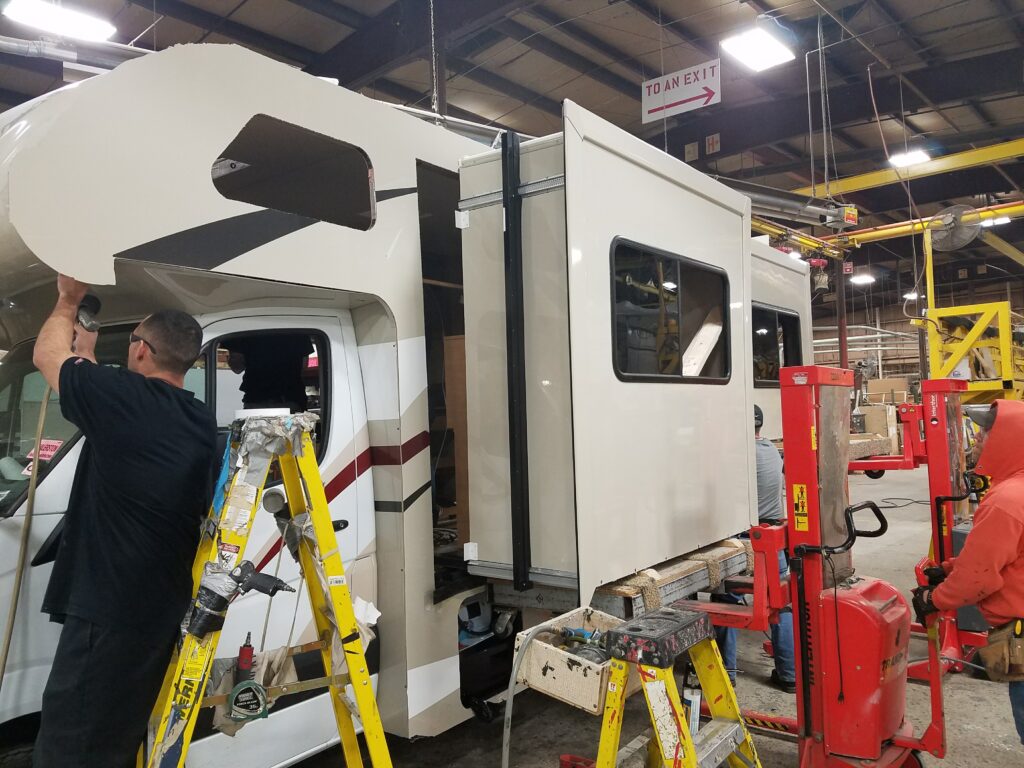
Now that we have the basics, let’s get straight to the biggest questions that are asked. First is fuel mileage. These units are not rated for fuel mileage. You will not find it anywhere, it doesn’t exist. The only way to know what you will average is to talk to someone who has one. I have personally driven a Thor Chateau 31W from Wisconsin to Florida. I had a full tank of water and gas. For the first half of the tank of fuel, the engine would not up shift and instead was turning close to 3,000rpms. Here I was getting about 7mpg. After half of the 50 gallons of fuel were gone, the camper would shift into overdrive and mileage went to about 9-10mpg. This was my trip down. On the way back I did not have the fresh water tank full and the motorhome was able to be in overdrive almost the whole time. Mileage was approximately 10-11 for this portion of the trip. Now if I was towing, I would expect mileage to be about 5-6mpg. That is for a 31 foot unit. If you have a shorter unit, you will get better fuel economy. I have heard that a motorhome on a sprinter chassis or transit chassis can average 16-18mpg. These are diesel motors. They are also smaller, lighter units than the Ford or Chevy gas units. That said, they typically cost $15-20k more on initial purchase price. Do not buy the diesel chassis for fuel mileage alone. You can do the math on how often and how many miles you intend on using the motorhome. Most people hit the break even point of a diesel over a gas unit after 10-15 years of use. That is a lot of fuel through the tank. The typical customer will make a change about every 5 years. That said, a gas unit is going to be more capable than these smaller diesel platforms. Also true, is the smaller diesel platform will perform less like an RV going down the road and be the most car like. These are all trade offs.
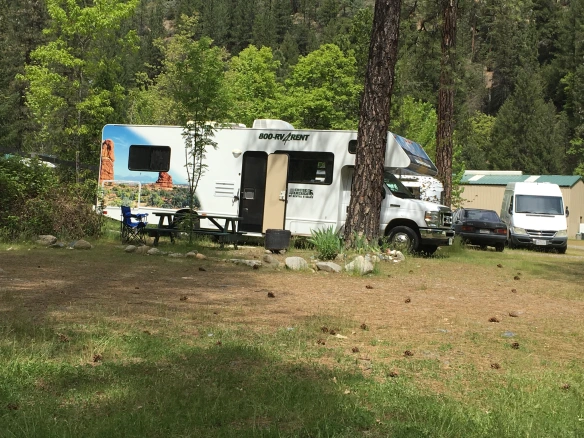
The next item that comes up is upkeep on the motorhome. You will need to plan on maintaining it. There is a saying that a motorhome costs about $1k per month to own. This takes into account the payment you are making, fluid changes, shop expenses and potentially storage. That said, the oil will need to be changed just like on your car. The generator will need parts, items inside of the camper will break with usage also. Roofs need to be maintained as do slide outs. Stop paying attention to either of these and you can ruin a coach very quickly. These units are not designed to have water leak inside of them. Water will do more damage than almost any other force. It will degrade the structural integrity of walls, floors and get into every space it can flow to. Do not skip out on regular service as this is just asking for problems. I have seen campers maintained by the regular Joe, and being as he doesn’t know what he doesn’t know, ruin their family camper. By simply using the wrong caulk, it did not stop the water from getting in, and bam, damaged roof and 3 walls. That will take your very large camper investment and turn its value into almost zero. Simply put, don’t skip on the maintenance.
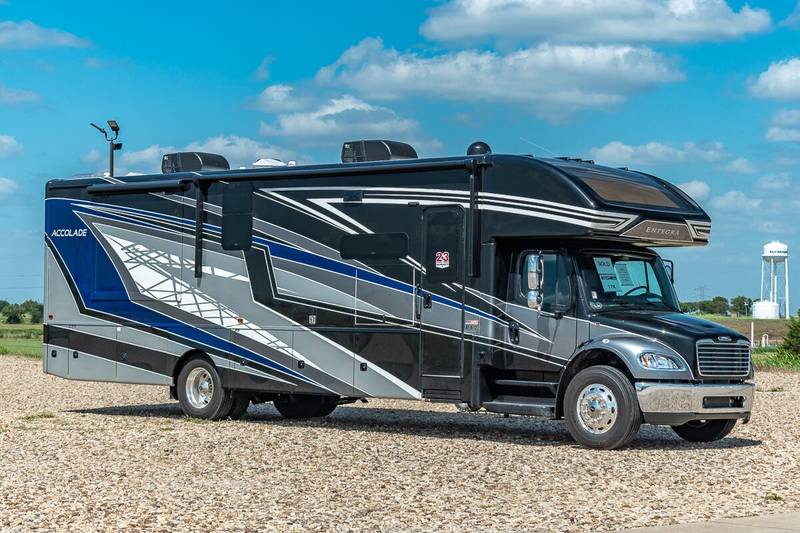
The appeal of the Class C is that it is a familiar driving position for most people. It will also offer more space than a Class B (think camper van). If you are coming from a travel trailer, and most are, this will offer similar space, the most features and bang for the buck compared to the other motorhome options. If you have driven a truck or a van, you will feel right at home in the Class C. Depending on the size you get, you will notice some sway going around corners, but it is manageable. You will feel wind on a windy day. That cannot be avoided. Larger units will feel a cross breeze more. It is just physics. It doesn’t typically keep a person from traveling, unless there are strong winds and snow or ice. These are rear wheel drive coaches, and they will get stuck in the snow. If you are attempting to traverse a mountain, be aware of its limitations. There is a coach called a Super C. This is more or less the same thing as a Class C except it has a larger chassis and a large diesel engine. Most often found on 5500 or 6500 chassis. Think 5500 engine and Allison transmission. These can tow 10-15klbs where as a gas unit can typically tow 5,000-8,000lbs. Race car teams have been known to favor these units for this reason. They can be had in 4 wheel drive. The interiors are some of the nicest appointed units available. This is a premium unit and will command at least $100k more than its gas counterpart, potentially more.